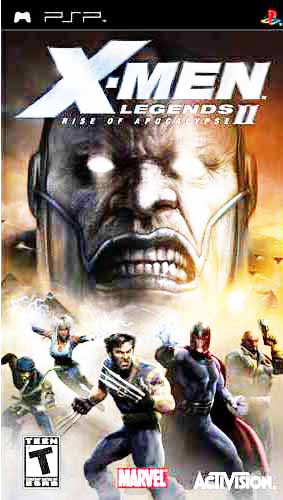

Character Files now have their KB size greatly reduced: The only shared models that are included in there so far, are grenades, missiles, and additional entities that my Sentinel Mod couldn't hold in his. ONLY STORE ADDITIONAL MODELS IN THERE WHEN YOU REALLY NEED TO. The permanent.fb also has it's limits which can cause Menu textures not to load properly should the limit ever be met. It can also store additional models and have them become shared if your custom character can't hold too many in their packaging file. No longer will you have to include any texture_effect.igb in a character's packaging file since texture effects will now be read through the Permanent.fb.


This file now holds all the texture effects for every hero and enemy in the game. Microsoft's successor to the Xbox, the Xbox 360, was released in November : - Located in packages\generated\maps\package\ of the assetsfb.wad's structure. Several of the launch titles for the Xbox enjoyed overwhelming success-most notably Halo: Combat Evolved, which became the signature game for the system.

The system sold relatively well, topping 25 million consoles by the end of its production run in 2006, but failed to supplant Sony's PlayStation line as the dominate home console (both the PlayStation and PlayStation 2 sold more than 100 million units apiece). In addition, the console was capable of playing standard DVDs through a multimedia expansion pack. To this end, designers included an Ethernet port that allowed players access to Xbox LIVE (launched in November 2002), an online, real-time gaming community available for a monthly subscription fee. Microsoft envisioned their system as more than a home video game console they developed the Xbox as a revolutionary home-entertainment vehicle. Microsoft's other main rival for market share, Nintendo, launched their next-generation system, the much-anticipated GameCube, in November as well. Their first system, the Xbox, debuted on Novemamid a market dominated by Sony Computer Entertainment and the immensely successful Sony PlayStation 2. In the late 1990s, Microsoft made the decision to jump into the fiercely competitive-and potentially highly lucrative-video game console market.


 0 kommentar(er)
0 kommentar(er)
